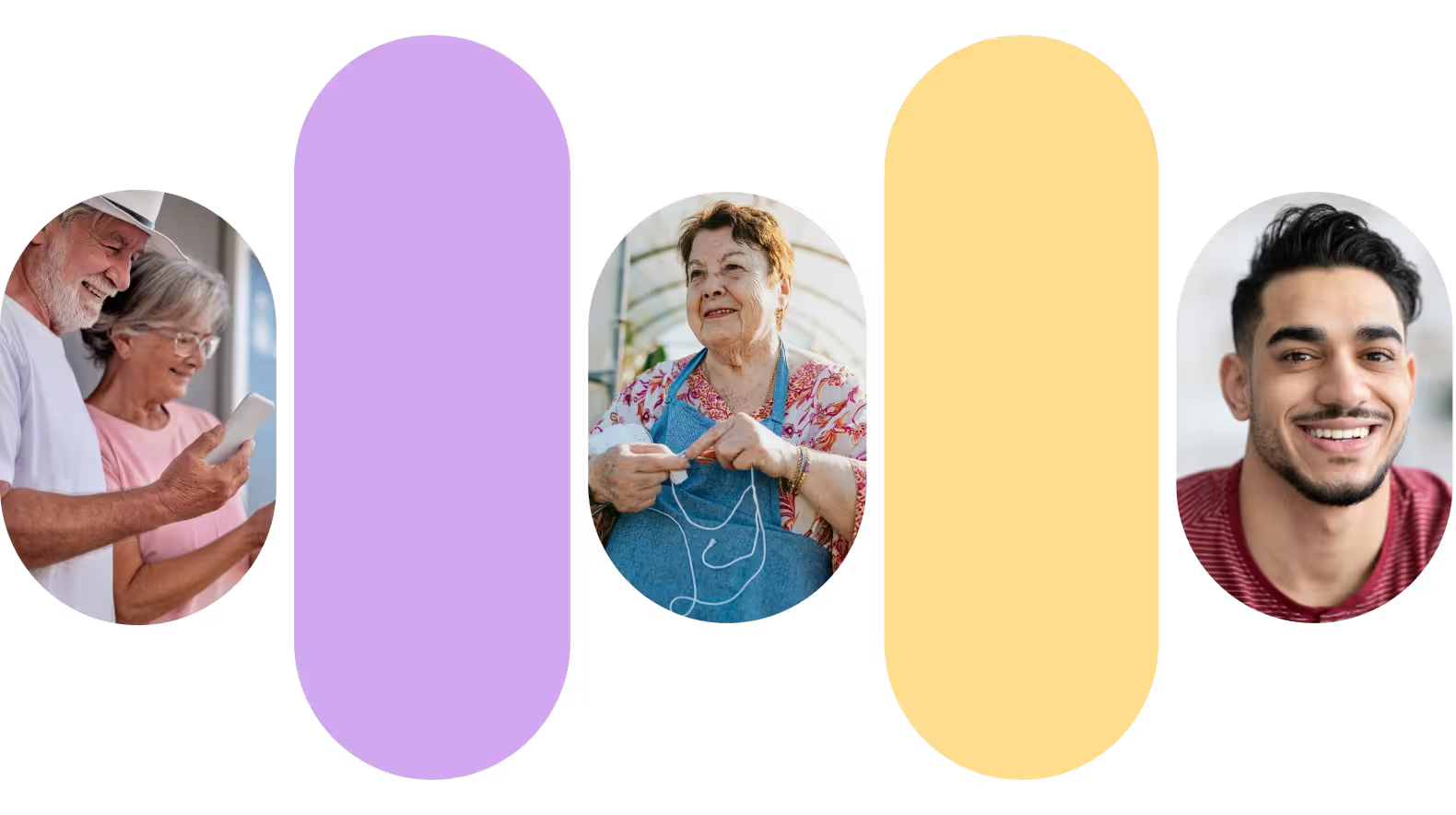Nagish 2024 in Review: A Year of Milestones and Growth
Explore Nagish’s 2024 achievements, including FCC certification, Live Transcribe, and $11M Series A. Join us in 2025 as we expand accessibility further!

As we look back on 2024, it’s incredible to see how much we’ve accomplished together. From receiving FCC certification for our IP Captioned Telephone Service (IP CTS) to launching new features, 2024 has been a testament to Nagish’s unwavering commitment to empowering individuals with hearing loss. Earlier in 2024, we raised an $11M Series A. The investment has enabled Nagish to scale our operations, enhance our offerings, and bring Nagish to more people. Here’s a recap of our highlights from the past year:
FCC Certification for IP CTS (January 2024)
We began the year with a monumental accomplishment: receiving FCC certification for our IP Captioned Telephone Service (IP CTS). This certification underscores our commitment to delivering reliable, high-quality captioning services for individuals with hearing loss. It’s a testament to our efforts to provide accessible and seamless communication for all.
Live Transcribe Launch (February 2024)
In February, we introduced our highly anticipated Live Transcribe feature. This innovation brought real-time transcription to our users, enabling them to follow conversations effortlessly and stay connected in an increasingly dynamic world. Live Transcribe represents a major step forward in creating an inclusive and accessible communication experience.
Series A Fundraising (May 2024)
In May, we reached another pivotal moment: completing our Series A fundraising round. The funds raised will enable us to scale operations, expand our team, and accelerate innovation. This milestone empowers us to bring Nagish to even more users while enhancing the quality and range of our services.
New Features Rollout (June - December 2024)
As the year progressed, we remained focused on delivering enhancements that prioritize user experience. In 2024, we unveiled several new features:
- Service Directory + ChatGPT Access: Users can now access a curated directory of resources and interact with ChatGPT for conversational support and guidance.
- Dark Mode: A visually pleasing and accessible option for users who prefer or require a low-light interface.
- Demo call: This will enable new users to experience the app's functionality in a simulated environment, showcasing the technology and customizing their experience.
- Two-Way Captioning: Enabling captions for both ends of a conversation, ensuring clear and inclusive communication.
- iPad Support: Expanding device compatibility to bring Nagish to more users.
- Performance and Speed Improvements: Optimizations to ensure our services remain fast, reliable, and effortless.
Looking Ahead to 2025
As we close out 2024, we’re filled with gratitude for our community of users, supporters, and team members who made this year possible. The progress we’ve achieved only strengthens our resolve to innovate further and expand our reach in 2025. Thank you for being part of our journey. Together, we’re creating a world where effortless communication is a reality for all.







.jpeg)



.png)

